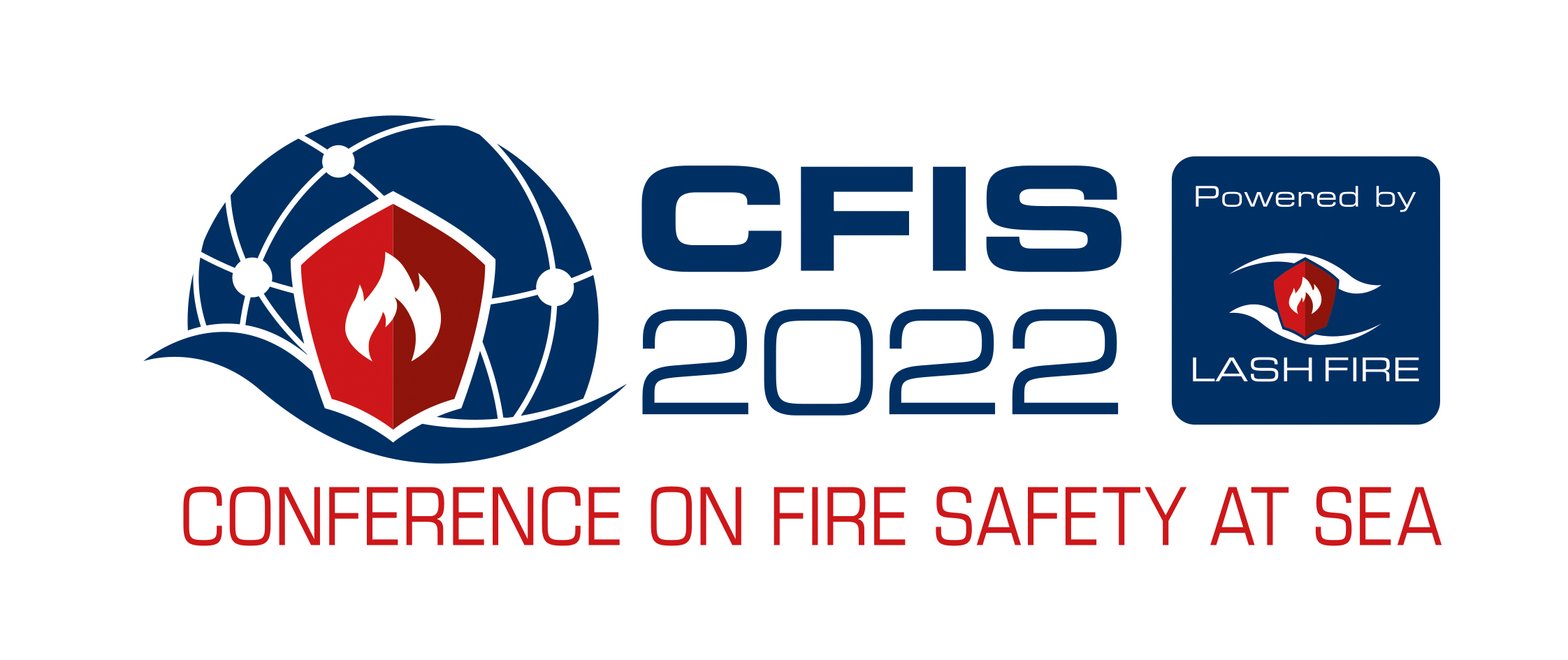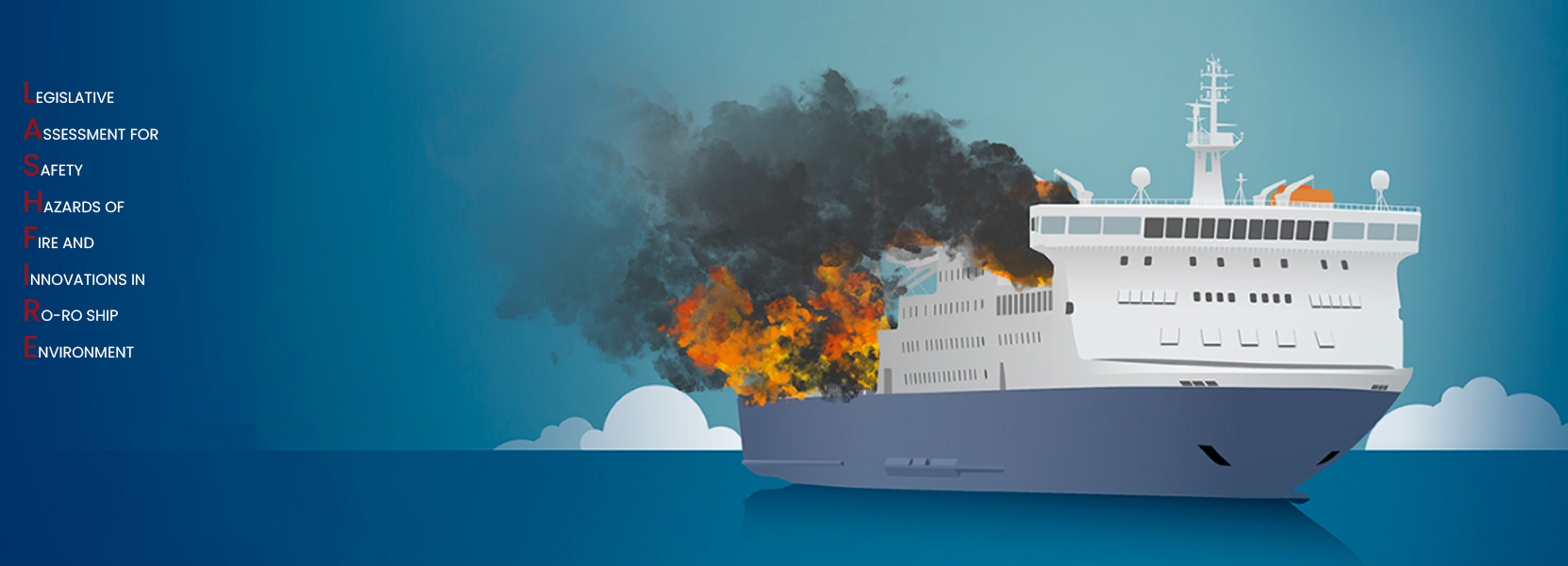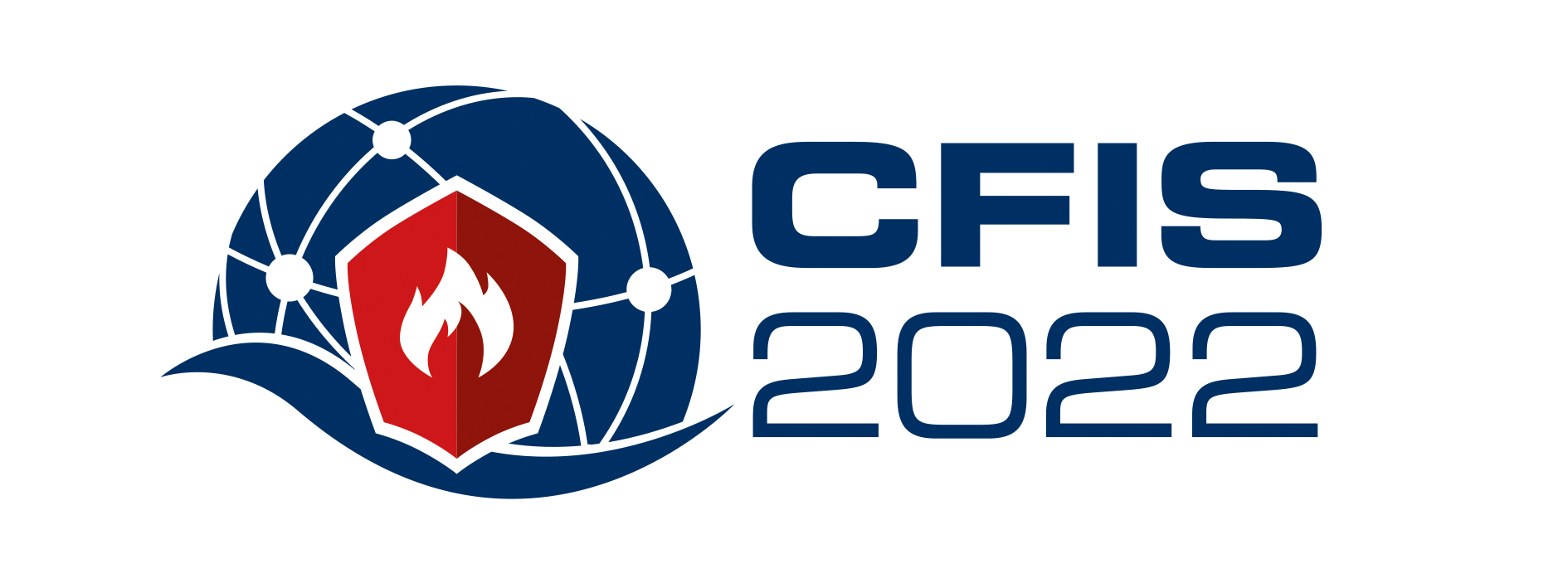
Welcome
We are pleased to inform you that on October 11th at EMSA facilities (Lisbon), will take place the CFIS 2022 (Conference on Fire Safety at Sea), the second conference of the project LASH FIRE - Legislative Assessment for Safety Hazards of Fire and Innovations in Ro-ro Ships Environment (Grant Agreement nº 814975).
CFIS 2022 will continue the outreach work done at CFIS 2021 (Take a look at the summaries from the last conference here). On this occasion the conference will focus on Alternative Fuelled Vehicles (AFV) fire in maritime.
LASH FIRE project
Ro-ro ships are an important component of the global transportation system, but an increasing trend of ro-ro ship fires in recent years call for improved fire protection. From comprehensive ship operators’ experience and by participation in ongoing work for the European Maritime Safety Agency and the International Maritime Organization (IMO), critical aspects of ro-ro ship fire safety have been identified to form the scope of the project LASH FIRE. It aims to provide a recognized technical basis for the revision of international IMO regulations, which greatly enhances fire prevention and ensures management of fires on ro-ro ships without recourse to external intervention. This is done by developing and demonstrating operational and design solutions which strengthen the fire protection of ro-ro ships in all stages of a fire and which address current and future challenges, including regulatory issues. Twenty specific challenges have been identified, which will be addressed by new solutions developed and demonstrated with regards to performance and ship integration feasibility by system suppliers, researchers, ship owners and shipyards. For the solutions to be considered for regulatory uptake, their impact on risk reduction and cost will be assessed and advisory groups with operators and flag states will be established. Thereby, the project is expected to significantly strengthen the independent fire protection of ro-ro ships and to reduce the frequency of ro-ro ship fires by 35% and the number of fatalities by 45%.


